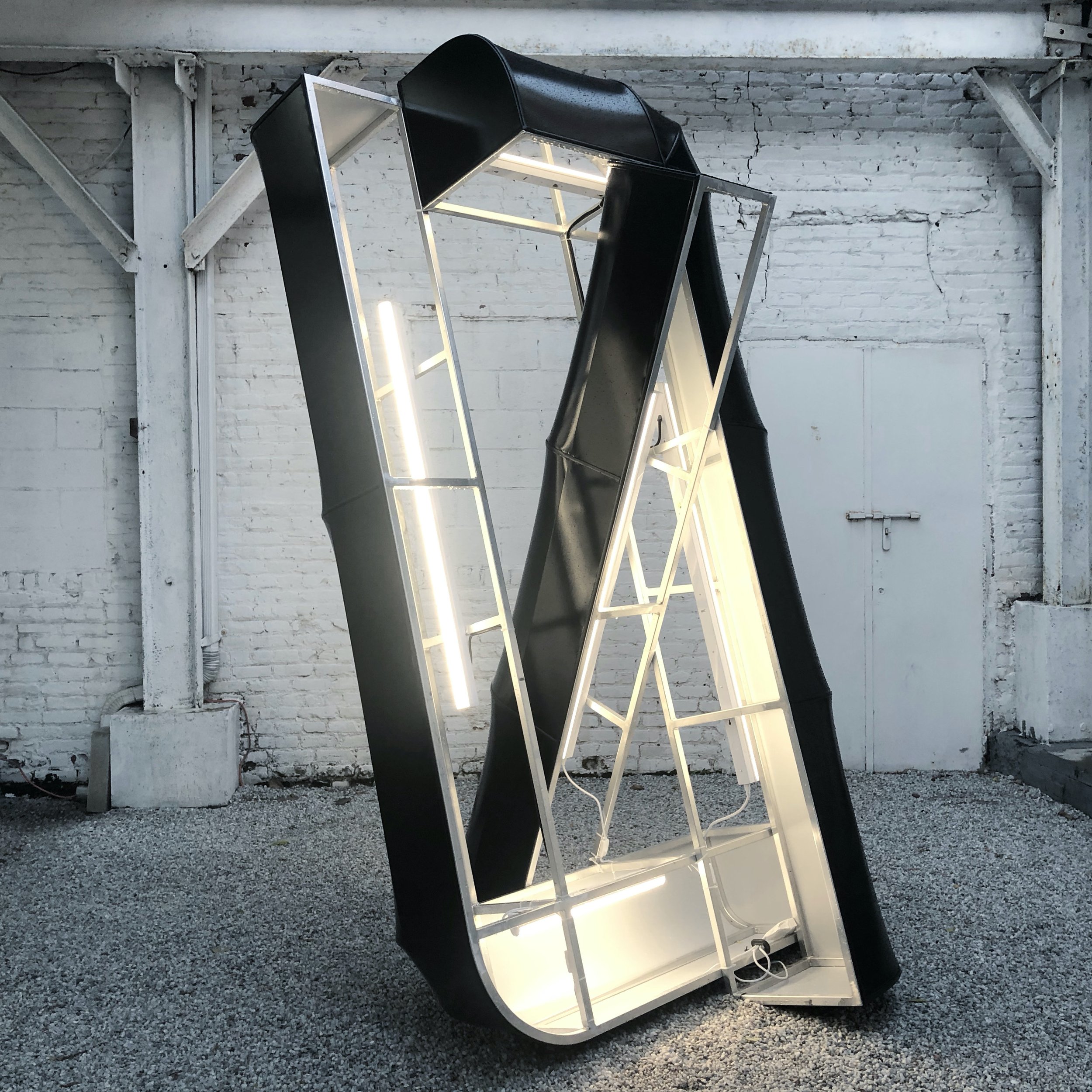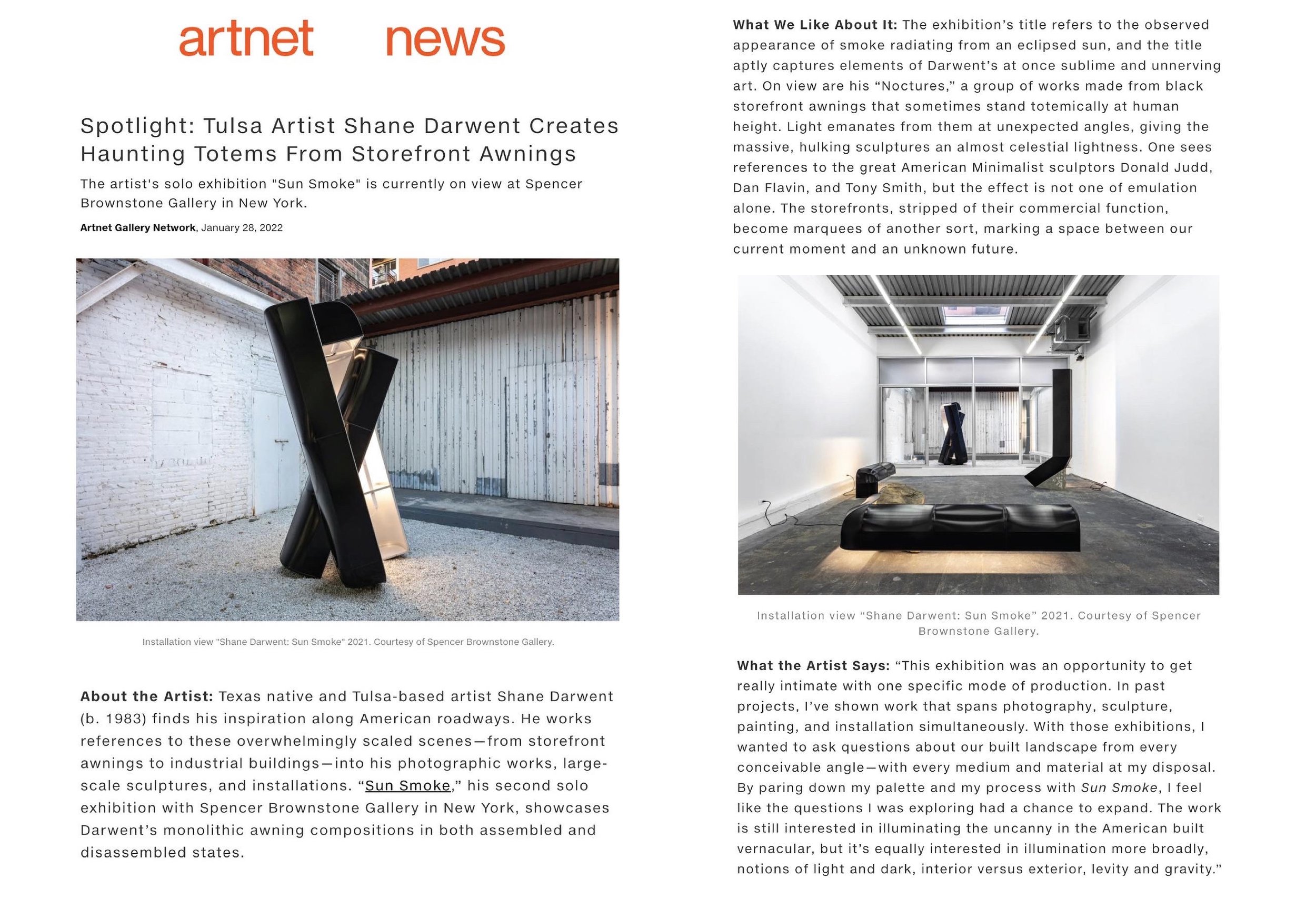Sun Smoke
November 12, 2021 - February 12, 2022
Spencer Brownstone Gallery | New York, NY
/
1
2
3
4
5
6
7
8
9
10
11
12
13
14
15
·
·
·
·
·
·
·
·
·
·
·
·
·
·
·
















